Returning to the Mat: How Yoga Heals
How this yogi and teacher found peace returning to her practice after many moons away. The post Returning to the Mat: How Yoga Heals appeared first on Wanderlust.
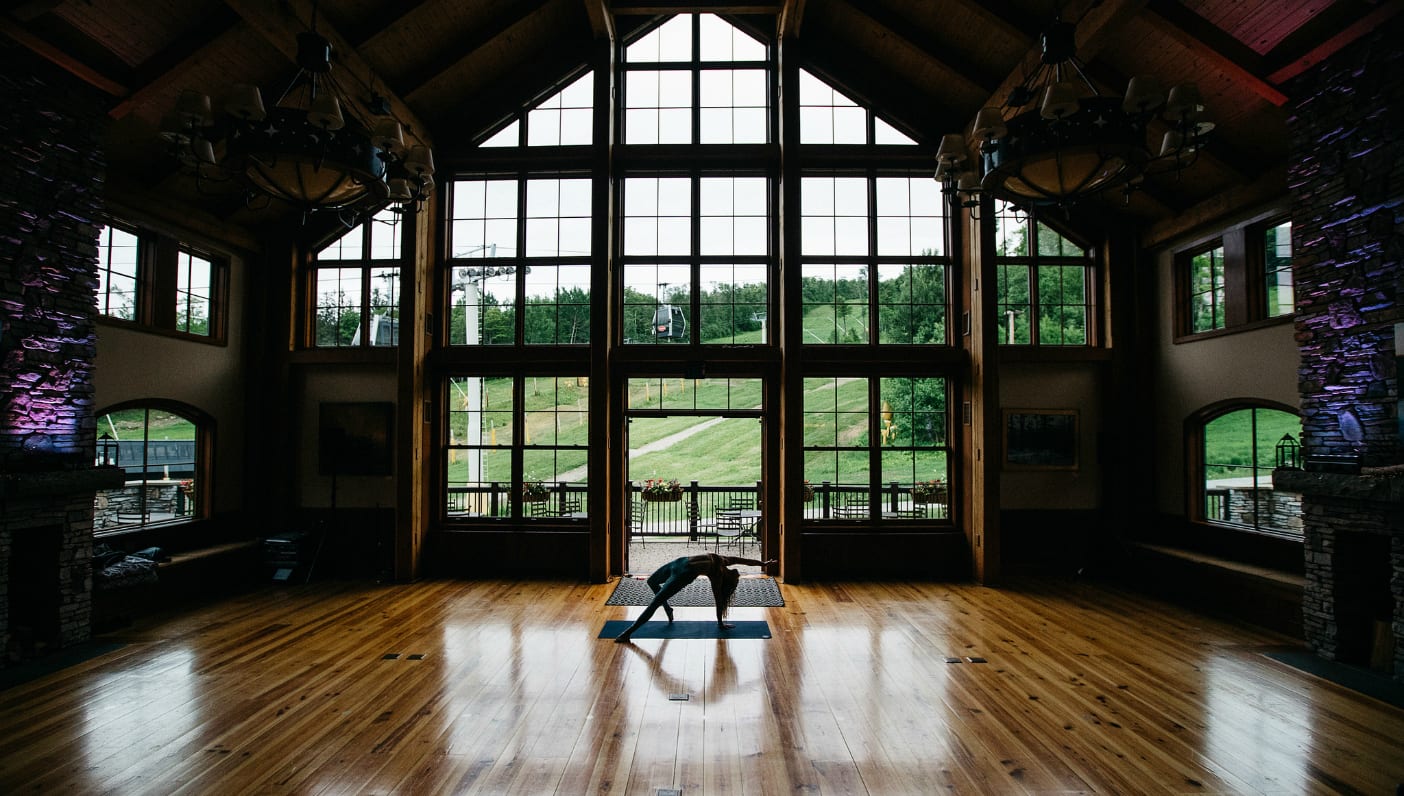
There’s a Rumi poem that begins: “Out beyond ideas of wrongdoing and rightdoing, there is a field. I’ll meet you there.” I’m pretty sure that, there in that field you will find a yoga festival taking place.
Yoga defined the first eight years of my thirties. It took me around the world in search of retreats and teachings, it helped me stay open through a major break-up, and brought me new relationships. I felt stronger, more alive, more open and connected than I had ever realized possible. Inspired to share the gift of yoga, I trained as a teacher and went on to spend several years leading classes in New York—even a couple of classes at a Wanderlust Festival.
Yoga and life went hand-in-hand for me. In between my full-time job, life was spent at the local studio where I taught in the evening, and with the community sharing and playing music. Back at home I was either immersed in the Yoga Sutras or the Bhagavad Gita, and asana, meditation and chanting were simply part of daily routine.
And then life happened.
But the end of my 30s saw changes that would unwittingly take me far away from yoga, and, as it turns out, into a place of stress, illness and borderline depression.
Unable to pay the rent, my yoga studio closed, and as various people in the sangha drifted apart, it was time for me to leave too. I had a new partner, we were hoping to have a baby, and apartments were larger and more affordable several miles away. But after a year of no pregnancy, and then two years, and then three, yoga lost its place within my daily routine and indeed in my life altogether.
The high cost of fertility treatments—both Western and Eastern—required second jobs then third jobs, and a lot of time spent in waiting rooms or traveling to appointments leaving little time for practice and study. And as months of exhaustion and disappointment continued, weight gain and a loss of strength and flexibility (compacted by psoriasis that now spread over my entire body) deterred me from anything other than a home practice when time and willpower allowed—which was maybe once a month. In my mind, yoga was now for other people: People who were healthier, younger, more emotionally-balanced, less jaded.
But yoga operates like grace…
… And it will come for you the moment it sees a crack of an open doorway. It was on a rare day this past summer that I felt the urge to roll out my mat. It had been months since I had done so, and many of the postures I had treasured were painful, but that small step towards yoga was all Yoga needed to see.
At the very end of that short practice I picked my phone and saw a voicemail. It was the leasing owner of an apartment building nearby looking for a yoga teacher for its residents. They had called my number by mistake, but something in me said to follow up and offer to fill the position.
As it turned out, the job wasn’t as I had been pitched. It ended up being just one evening—for which I never got paid—but it felt more like it was I who had been handed a gift. Because during the class, I felt that familiar feeling that yoga has always brought me: A groundedness, a lightness and a heart that feels connected to every other being in the room and beyond.
With that nudge, I decided to head to a yoga festival that a friend had told me she was going to. It wasn’t a Wanderlust Festival this time but Lovelight Festival in Baltimore, and the minute I swung the car into the field, it was clear a new chapter for my relationship with yoga had begun.
Yoga gives way to a new dawn.
For the next 36 hours from dawn until the early hours of the morning, often in driving rain, I bounced from yoga class to chanting to dancing to hearing the Sutras being read. My daily routine was yoga once again—and all those thoughts of wrongdoings and rightdoings of the last three years were gone. The sense that yoga was only for healthy, happy people had passed. We were all there, hundreds of people of all ages and shapes and colors and genders with our unique stories of emotional and physical struggle, and our unique paths back to healing. And we all became one through our deep, and sometimes incomprehensible, desire for love, peace and wholeness.
It’s not often recited but the remainder of Rumi’s poem says: “When the soul lies in that grass, the world is too full to talk about. Ideas, language, even the phrase ‘each other’ doesn’t make any sense.”
Yoga feels to me like the field Rumi is pointing to—a paradoxical place where everything dissolves into complete unity—and I’m grateful to be heading in that direction once again. I realize now that I can’t compromise on yoga. If it’s a side-job versus time spent in sadhana, then the job has to go. And if it is a seeking for doctors and healers to fix me—versus healing my heart, body and mind to accept fully where I am—then I choose the latter.
Whatever it takes to rekindle the heart’s desire for yoga, I’d recommend doing it. Perhaps it is the smell of Nag Champa, or the sound of a harmonium warming up. Perhaps it is the feel of those scratchy yoga blankets over your body in Savasana as the lights are dimmed, or the words sthira-sukham-asanam replaying in your head, or the fluttery excitement of a weekend retreat or festival. We each have our sensory fire-lighters that can rekindle our yoga practice.
And the best thing is that yoga didn’t go anywhere, because that field where we lay out our mats, is right here in our hearts. We just have to take a step toward it.
—

Helen Avery is a senior writer at Wanderlust. She is a journalist, writer, yoga teacher, minister-in-training, and full-time dog walker of Millie.

 Hollif
Hollif 










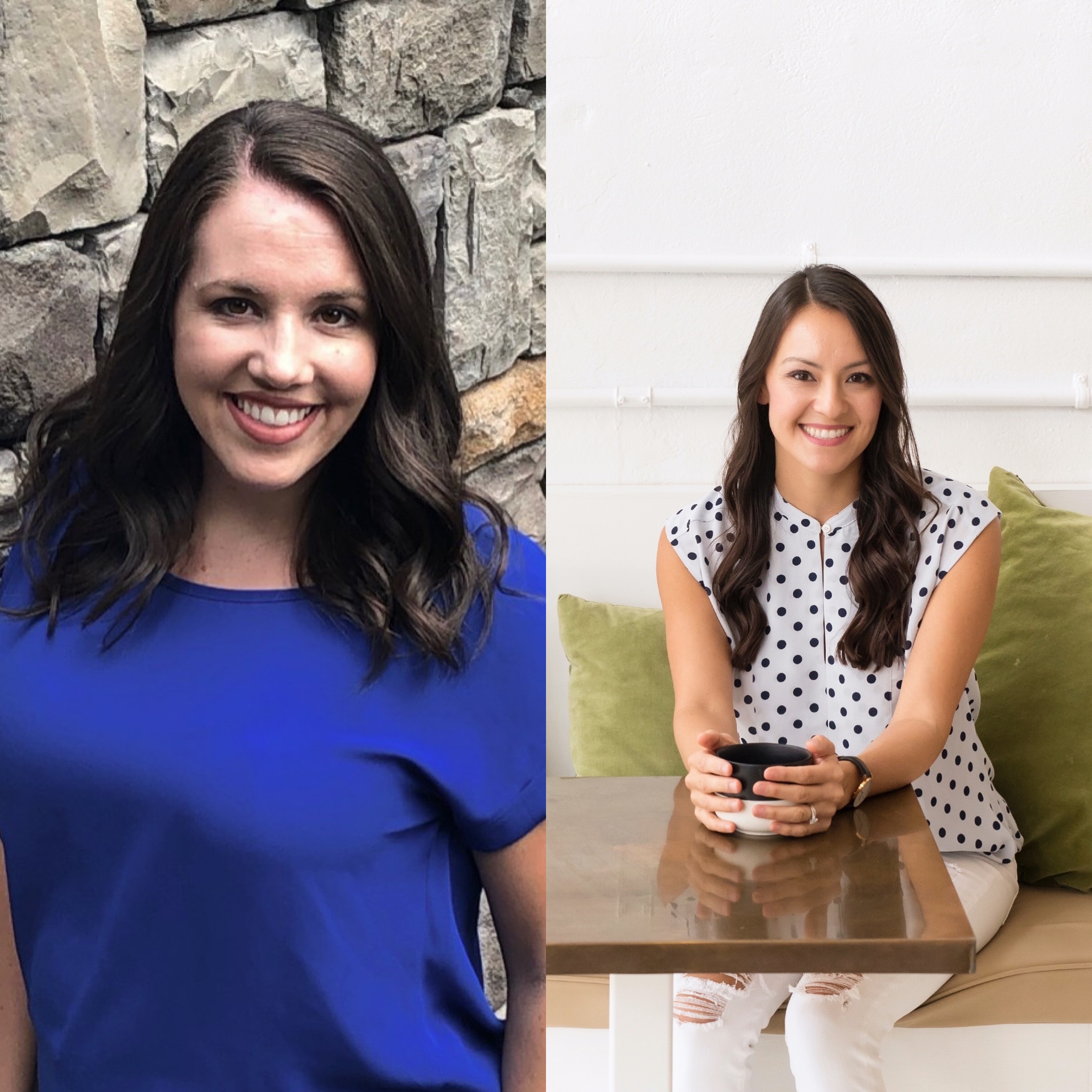
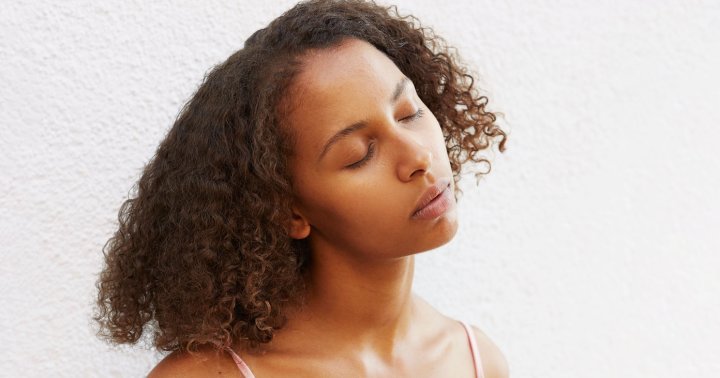
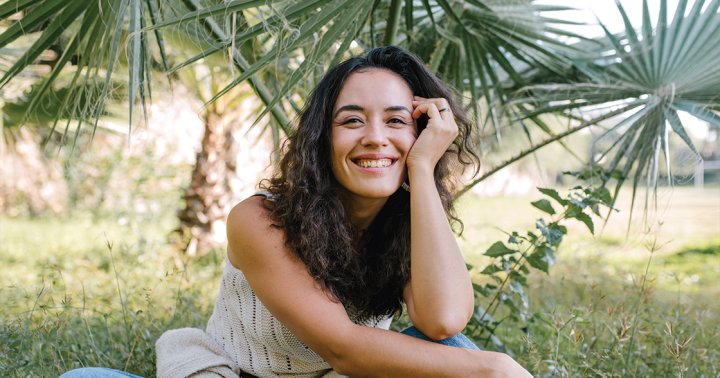















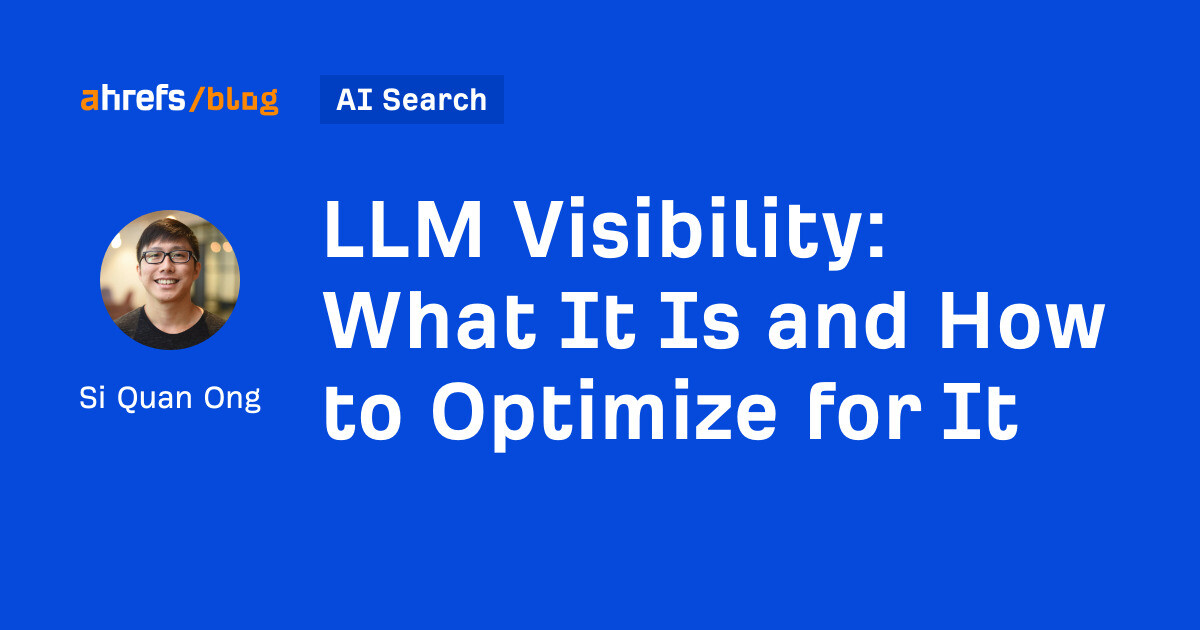



.jpg&h=630&w=1200&q=100&v=6e07dc5773&c=1)